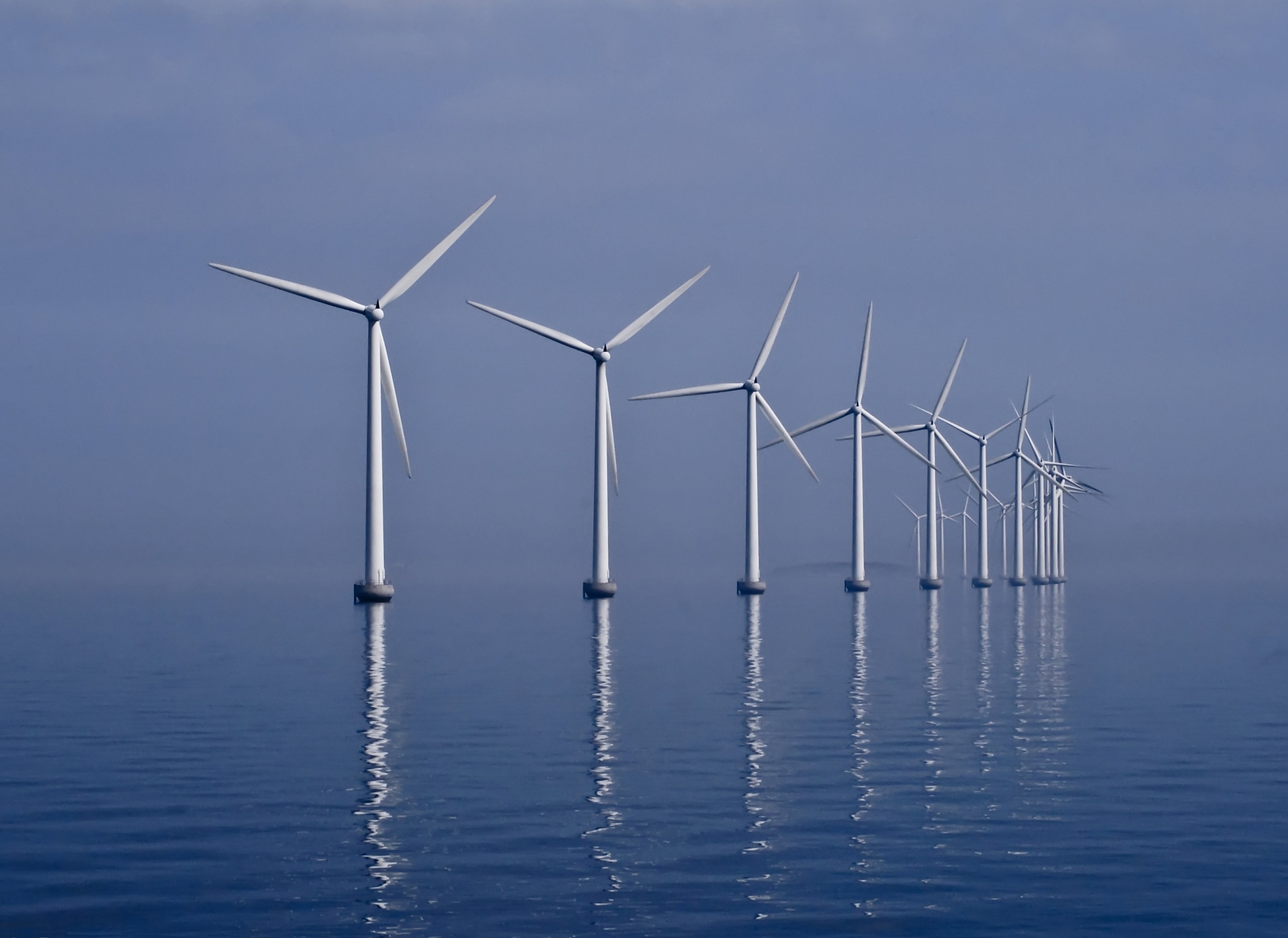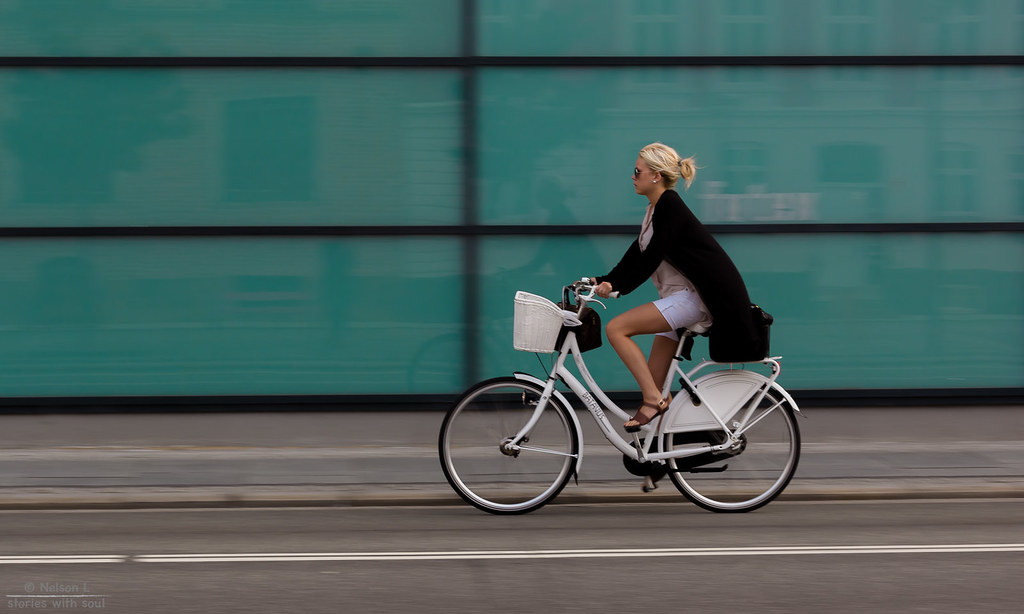Countries around the globe are trying to attain the 2015 sustainable development goals. Since the Paris Agreement to limit global warming to below 2 degrees, national leaders have tried to improve their country’s environmental policies. To attain these goals countries must follow environmental policies set to meet pollution control and natural resources targets.
Environmental Performance Index [EPI]: it is a scorecard which ranks countries based on 24 environmental performance indicators (example: air quality, water quality, sanitation, biodiversity, climate change & energy). These performance indicators are categorized under 2 main policy objectives – environmental health and ecosystem vitality. These metrics provide a score on a national scale of how close countries are to established environmental policy goals. The EPI provides a summary of the status of sustainability around the world using the latest advances in environmental science.
Few countries are doing great to attain sustainable goals. Here are the top 5 most sustainable countries around the world according to EPI 2018.
1. Switzerland
Switzerland is a beautiful country ranking 1 in the EPI 2018 with a score of 87.42. Its top ranking reflects its performance to overcome issues, especially Climate & Energy and Air Pollution.

Most of the energy used in Switzerland is obtained from hydroelectric power. The rest of the energy is obtained through nuclear power plants. The energy production results in very low carbon footprint. Switzerland has been protecting and designated a lot of land to National parks. With its greenery spread and a large area protected, it scores high in Biodiversity & habitat.
2. France
A shift away from industrialization over the past decades has resulted in the improvement of France’s environment. With its rigorous effort and government policies, France is ranked #2 in EPI2018.
As a member of the European Union, France is trying to impart changes in its environmental policies to reduce its environmental concerns. France is still coping with the legacy of its industrial past. To ensure the reduction in emissions, France is following national and territorial action plans. About 30% of the energy source used is renewable in France.

In recent years, the French government has actively supported clean technology through the use of government subsidies. To meet the high demands in agriculture and other resources France is developing cleaner technologies.
All the efforts taken by the French government and public has provided a fruitful result. With its growing number of environmental graduates, the country can seek a sustainable future.
3. Denmark
Denmark’s major goal is to create an environmentally sustainable community. The country has already started a journey to meet its goal. The country aims to achieve a goal of 100% renewable energy by 2050. Wind energy and cycling culture of Denmark contributes a lot to its good environmental condition. Denmark tops air quality due to its action on climate change & energy.
Wind energy:
Denmark is a world leader in developing new technologies in wind energy. Denmark has been the first to install World leading wind energy industries. Today, almost 40% of Denmark’s energy is obtained from wind turbines. By 2020, the country aims to get 50% of energy from wind, this would contribute to Denmark’s 2050 goal.
The industries also provide employment to a huge number of people and result in good turnover every year.

Cycling Culture:
Denmark’s cycling culture is another example of an environmentally sustainable society.
Denmark ranks top in air quality. The capital of the country, Copenhagen alone has around 400 km of cycle paths. Almost 40% of the city’s population travel via bicycle. Copenhagen can be a role model for world’s big cities in the field of sustainable development.

In Denmark, a lot of people strive to create a better environment by developing new and greener ways of living. The integration of development and environmental concern has helped Denmark to get ranked #3 among 180 countries in EPI 2018.
4. Malta:
Malta is a small island state with limited resources and high population density. In 2012, Maltese government adopted the Sustainable Development Act which reframed the law and order to mainstream sustainable development in its politics.

In 2017, Malta switched its primary source of energy from heavy fuel oil to natural gas. The change in the source of energy was due to the recent construction of a 215-megawatt combined-cycle gas turbine. Currently, 70% of Malta’s energy is obtained from natural gas and remaining from renewable sources.
The country’s effort to maintain its water quality has topped its score in water & sanitation. The country is ranked #4 in EPI 2018.
Malta would always be committed to continuing its journey to reach sustainable development goals by 2030.
5. Sweden:
Swedish cities have taken steps to reduce the country’s greenhouse gas emissions. The country is developing technologies obtain 100% of its energy from renewable and recycled sources. Most of the energy source is from harnessing heat and sunlight.
The construction of “Passive houses” has reduced energy consumption. Passive houses are low-energy residences that can power themselves by using heat energy from human activities, electric appliances, and sunlight. Passive houses have built in Sweden.
Example of passive buildings is the geothermal system in place at Stockholm’s Central Station which captures body heat from over 250,000 daily commuters.

The innovative initiative taken by Sweden to protect the environment has rewarded the country # 5 in EPI 2018.
Something common about the top 5 countries is that all are European countries. All these countries are developing technologies and policies to meet the environmental goals. It is important that other countries follow a similar pattern to develop environmental sustainability.
At the top bottom of EPI 2018, we have Nepal, India, the Democratic Republic of the Congo, Bangladesh, and Burundi. Low scores in EPI represent that the national efforts are not enough to meet the standard goals in fields like air quality, biodiversity, and reducing emissions. These developing countries may have a lot of other problems and milestones to achieve but, environmental factors will hinder their development strategies. Better late than never, countries need to take up immediate actions to reach the Sustainable Development Goals.


Environmental Efficiency &
Carrying Capacity method of Sustainability Evaluation give the true performance of countries around the world
gabapentin cats